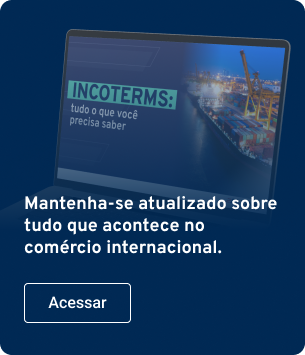Stay up to date with the latest news and articles from the world of logistics
Discover how Allink is transforming the logistics landscape by checking out the knowledge shared by our team of experts below.
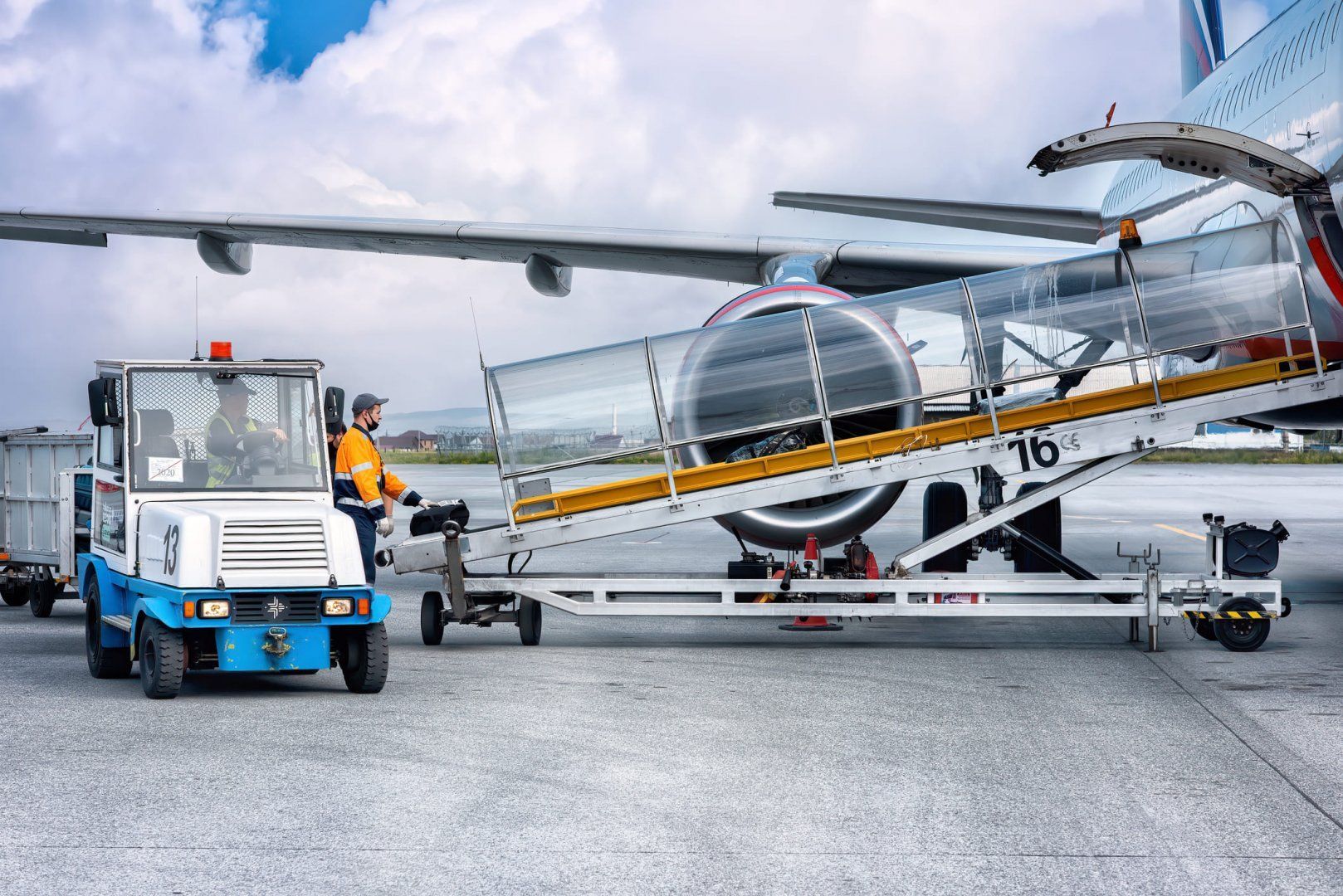
In air logistics, understanding the role of the air cargo consolidator can be crucial to ensuring an efficient and cost-effective operation. Find out more about what is behind this process and how it can impact the transportation of your goods. As we explore the universe of air cargo transportation, several nuances and challenges arise to be faced. In this context, the air cargo consolidator plays a fundamental role, acting as a key cog in the gears of this complex logistics machine. Come with us to uncover the behind the scenes of this important function and understand how it can directly influence the efficiency and costs of transporting your goods. What is a freight consolidator? An air freight consolidator plays a crucial role in streamlining and optimizing the air freight transport process. At its core, a consolidator is responsible for bringing together cargo from different customers or the same customer, consolidating shipments to take advantage of lower fares. By grouping multiple shipments together, the consolidator can achieve a minimum weight volume, which results in more competitive fares, making air freight more affordable for customers. In the air freight context, a consolidator acts as an intermediary between customers, such as freight forwarders and freight forwarders, and airlines. It does not deal directly with the end customer or the industry, but rather with intermediaries who hold customer portfolios in the market. The consolidator specializes in negotiating and acquiring air freight capacity with multiple airlines, securing favorable fare and contract terms. In this way, it provides customers with access to a wide range of air freight services, without directly owning the capacity. Roles of the cargo consolidator in the air context Below is a list of the roles of a cargo consolidator in the air context: Shipment tracking In the air transport process, shipment tracking is essential to ensure visibility and control of the entire logistics operation. Airlines generally offer their own tracking systems, but there are consolidated platforms, such as the well-known "track and trace", which allow you to monitor shipments from several airlines in a single place. By entering the air waybill number into these systems, it is possible to monitor the cargo's path from collection to final delivery, including all intermediate steps, such as connections and confirmations of receipt of documentation. This functionality provides greater transparency and agility in the management of air shipments. International insurance International insurance plays a crucial role in air cargo transportation, offering protection against loss and damage during transit. Although customers can opt for their own insurance, it is essential to consider the air cargo consolidator's insurance offering. Although optional, this additional insurance can provide an extra layer of security in the event of a claim, ensuring a smoother recovery process in situations where the consolidator is responsible. It is important to note that while the air waybill (AWB) can provide limited compensation for losses, it is often insufficient to cover high-value cargo. Therefore, international insurance offered by the consolidator can be an essential safeguard to protect high-value goods during air transport. Packaging and palletization The appropriate selection of packaging and palletization plays a key role in air freight transportation, especially for products that require special attention, such as dangerous or perishable cargo. Packaging must be aligned with the profile of the goods and the technical specifications of the carriers, ensuring safety and compliance during transportation. Accurate labeling and information on the packaging are essential, ensuring that each load is treated according to its nature and handling requirements. Proper palletization facilitates efficient handling and transportation, contributing to the integrity and safety of the goods throughout the logistics process. Cargo deconsolidation Cargo deconsolidation is a complementary process to consolidation, where each specific customer of a consolidated shipment is separated from the main document, known as the Master Air Waybill, to become an individual shipment. This procedure occurs when the goods arrive at their destination, allowing each customer to collect their cargo independently. The deconsolidator, a specialist in this process, unlinks each "house" from the "master", facilitating the release and collection of the goods by the respective customers. This practice allows the consolidator to enjoy the economic benefits of consolidation, ensuring efficiency and flexibility in air cargo transportation. What happens after the cargo arrives at the airport? After the cargo is delivered to the airport, the air transportation process continues with a series of well-defined steps: 1. Cargo Reservation and Customs Clearance: Based on the expected release of the shipments, a cargo reservation is made with the airline. As soon as the cargo is released by customs, the necessary documentation for shipment is obtained. 2. Receipt of Released Documentation: The company representative at the airport receives the documentation released by the customs brokers for each export. This documentation includes the Master Air Waybill and specific documents for each client. 3. Berthing and Storage: After the airline confirms receipt of the documentation, the cargo is brought to the airport storage area, where the initial berthing takes place. 4. Export Storage Declaration: This is an export storage declaration and the corresponding fees are paid. This declaration guarantees a storage period before boarding. 5. Palletizing and Loading: The cargo is palletized and prepared for boarding. At a specific time, it is taken from the storage area to the boarding line, where it is loaded into the airline's containers. 6. Loading and Tracking: The cargo is loaded onto the aircraft and the boarding process is completed. If the cargo has a direct destination, the tracking process continues until it arrives on the other side, including reception, customs clearance and final delivery. These are the main steps involved in the air cargo transportation process after arrival at the airport, where efficiency and coordination between the various agents involved are essential to ensure a smooth and safe operation. Does the air cargo consolidator determine the type of palletization of the loads? In air freight, the determination of the type of palletization is largely at the airline’s discretion. Here are some key points to consider: Type of cargo and service: The choice of palletization type is closely linked to the type of cargo and the service selected. Airlines generally divide services into standard and express, each with specific handling and transit time requirements. Prioritization by the airline: The airline determines palletization priority based on the nature of the cargo, its urgency and destination. Express cargo may be prioritized for palletization in specific containers, while standard cargo may be allocated to regular containers. Space limitations and connections: Palletization planning also takes into account space limitations on the aircraft and route connections. Cargo destined for connections may be handled differently to ensure a smooth transition between flights. Certification and training: In some cases, customers with significant volumes of air traffic may negotiate with the airline to obtain certification and training for palletizing their own containers. This allows for greater control over the palletizing and shipping process. Planning and complexity: Palletizing cargo for air freight involves careful planning on the part of the airline, considering factors such as transit time, shipping priorities and cargo security. The process can be compared to a game of Tetris, where each piece must be strategically placed to optimize space and ensure efficient shipping. Therefore, while the air cargo consolidator can influence the palletizing process through negotiations and partnerships with airlines, the final determination of the type of palletizing usually rests with the airline, taking into account a variety of logistical and operational factors.
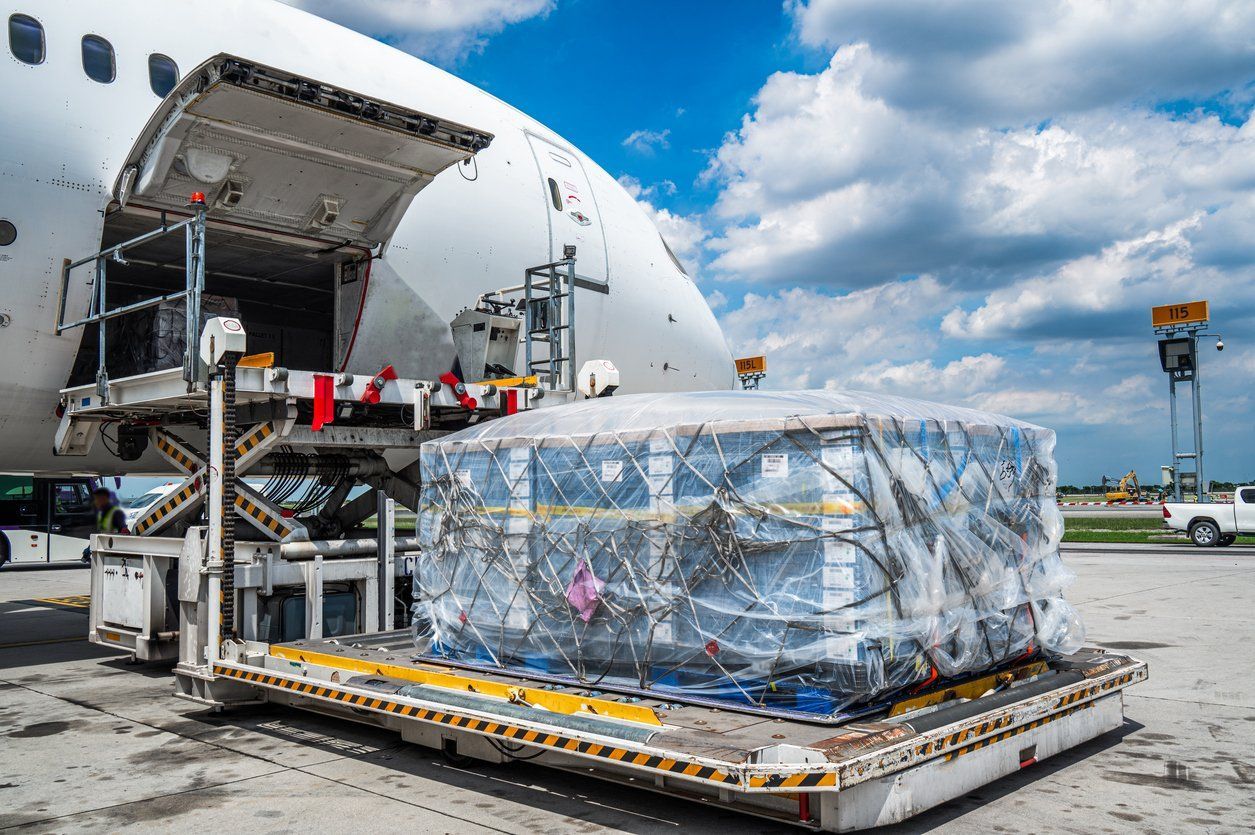
Have you ever wondered what type of cargo can be exported by air? In a globalized world with increasingly interconnected supply chains, understanding the ins and outs of this process is essential for companies looking to expand their reach in the international market. From perishable goods to live animals, air freight offers a diverse range of options for exporters and importers. Discover how this process works and the challenges involved, from brokerage quotes to final delivery of the goods. If you are interested in exploring the nuances of exporting by air freight, read on to learn more. What types of cargo can be exported by air? General cargo General cargo refers to goods transported by air, characterized by their non-specific and non-delicate nature. It includes parts, pieces, equipment and various products from various industries, such as automotive. Referred to as dry cargo, this cargo does not require special storage conditions and is packaged in standardized packaging. Examples include automotive parts and machinery. Its simplicity in transportation, lack of need for temperature control and specific certifications make general cargo, also called dry cargo, a common option for air transport of goods without special requirements. Refrigerated cargo Refrigerated cargo in air transport includes temperature-sensitive products, such as medicines and pharmaceutical inputs. These loads can be active, with refrigerated containers equipped with specific refrigeration systems, or passive, in which the customer ensures refrigeration through packaging with dry ice. Precise temperature control is vital, with ranges ranging from ambient temperature to more rigorous conditions. On a single flight, cargo compartments offer 5 to 7 distinct temperature ranges, accommodating a variety of products. Examples include medicines, chemical inputs and frozen products, such as cheese bread and açaí samples. Here it is clear that it is necessary to mention the ideal temperature of the product in the quote. Carga perigosa Dangerous goods (DG) are subject to regulations such as the Regulations for the Transport of Dangerous Goods (DGR). With nine classifications, including flammables, magnetic equipment and lithium batteries, they require special attention to pressure and temperature. Electrical divisions, risk of burning and radioactive materials are examples. Safe transport requires specific care due to the potential impact of these variables during transit. Strict rules address permitted quantities and compatibility between different types of dangerous goods. This is particularly critical on passenger aircraft, where special measures are taken to ensure the safety of cargo and occupants, for example by avoiding proximity between radioactive cargo and live animals or passengers. The regulations determine the permitted quantity of dangerous substances to be transported, taking into account not only the individual characteristics of each cargo, but also the potential interaction between them. For example, specific restrictions are established to prevent proximity of radioactive cargo to live animals or passengers. Value load High-value cargo, also known as valuable cargo, includes items such as paper currency, gold and platinum-coated medical equipment, as well as specific vehicles and products that exceed a thousand dollars per kilo of the declared value of the merchandise. The criterion for this classification is exceeding this value per kilo, which impacts logistical and insurance considerations, even for small cargo. The complexity of insurance in this context is evident, given the chain of responsibilities from the initial customer to the insurer. The limitation of one thousand dollars per kilo is a common practice in aviation to control the declared values of goods. In addition to obvious items such as money and gold, the regulation also covers hospital supplies, such as platinum pins used in medical procedures. The declared value of any merchandise, even seemingly simple ones, is crucial, as it can affect the need for escort and other logistical aspects. In this sense, the Montreal Convention and the need for insurance stand out. The Convention applies to all international remunerated transportation of people, baggage or cargo, carried out in aircraft. The complexity of insurance in this context is highlighted, considering the chain of responsibilities involved in transportation, from the initial customer to the insurer. Vulnerable cargo Vulnerable cargo refers to high-value products, such as vehicle prototypes or works of art, which are particularly vulnerable due to their unique nature. This classification stands out because it requires additional security measures during transportation, including measures such as escorts inside warehouses and specific precautions during logistics connections. The aim is to protect these valuable and often priceless goods from copying and information leaks, ensuring safe passage throughout their logistics journey. Perishable cargo Perishable cargo, which requires temperature control, stands out in air transport, especially in Brazil, one of the largest global exporters of fruit. This category includes fresh foods, such as fruit, duly certified for export, with packaging that guarantees quality. The main freight forwarders in Brazil are in this leadership position, especially for the shipment of fruit. Main destinations include Europe and the USA, taking advantage of the reverse seasonality. In addition to fruit, perishable cargo includes meat, strengthening Brazil's global position as one of the largest exporters in this segment, with several slaughterhouses meeting domestic demand and contributing significantly to the international market for perishable cargo. The primary destinations for this cargo include Europe, where seasonality presents an interesting logistical challenge. While Brazil maintains a consistent supply of fruit throughout the year, demand varies in countries in the northern hemisphere due to climate change. This dynamic is evident in more seasonal fruits, where supply decreases during the northern hemisphere winter. Live Cargo Live cargo encompasses several categories, including the transport of domestic animals such as dogs and cats, both by passengers and by specialized breeders. The horse sector stands out, especially from South America to the Middle East, with Argentina and Brazil as the main producers and exporters. The Arab market, notably for polo horses, is significant. In addition, the transport of ornamental fish, especially to Japan, is an important facet, with regions such as Mato Grosso and the Amazon being essential suppliers of this diversified trade. Project cargo is a unique and atypical case in air transport, requiring special solutions outside of regular operations. Air transport of these cargoes is essential when speed is crucial and the dimensions challenge the capabilities of conventional means of transport.
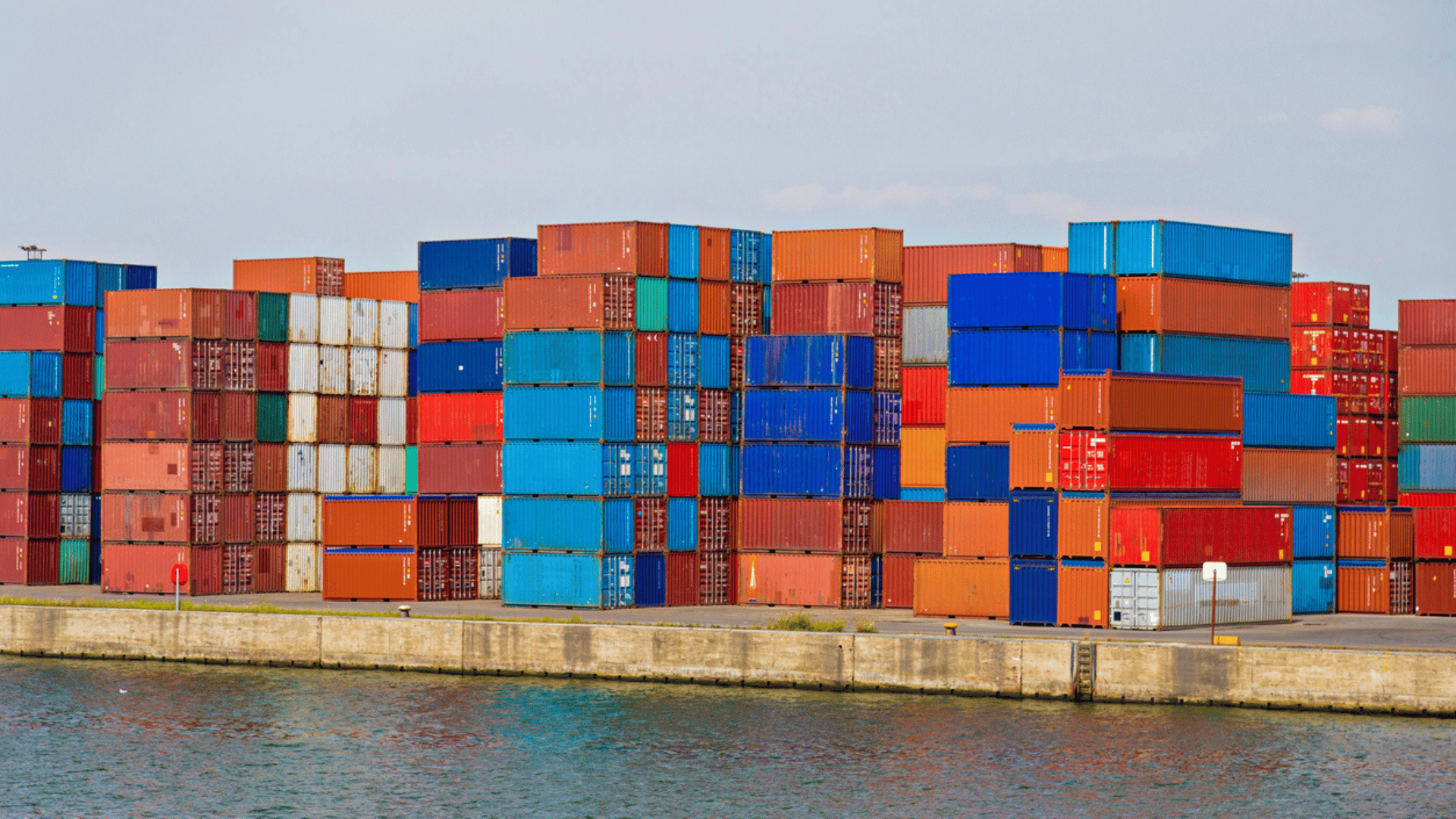
Making a product available for sale is preceded by several steps related to the logistics, strategy and finance aspects - which become even more important when it comes to Foreign Trade. This is because this dynamic includes knowing how to choose the best mode of transport for the purchase (import) and sale (export) operations of goods and services between companies and/or governments at a global level. Therefore, the success of a Foreign Trade operation is based on the assumption of consistent and assertive strategic planning. In other words, knowledge and experience regarding times and movements (routes, transport options and Customs Legislation) will ensure that the process occurs as expected and is not compromised by bureaucracy. This way, above all, it is possible to foresee certain situations in order to minimize impacts. Therefore, based on the premise that there are several steps between origin and destination, in order to better understand this, we will specifically address the part of the means of transport. In this sense, how is it possible to choose the best option according to the characteristics of the cargo and the needs of the company? We would like to point out that although there are more modes of transport, only sea, air and road will be covered. These are the three main means of receiving goods from abroad.
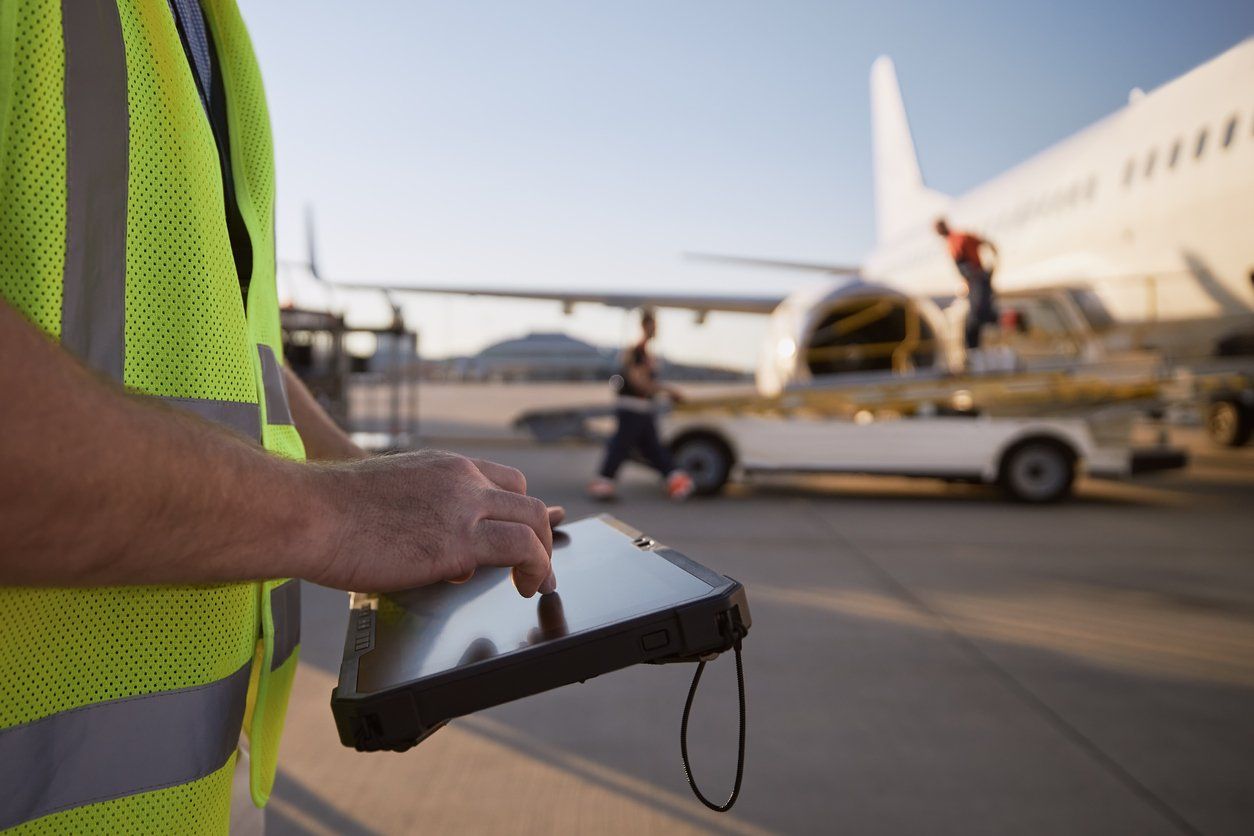
Have you heard about the Air CCT? In a globalized world where commercial exchanges between countries are frequent and substantial, efficiency in transmitting and managing air cargo data becomes essential. Behind the scenes of imports arriving in Brazil, a digital revolution is taking place: the introduction of the Air CCT by the Brazilian Federal Revenue Customs Office. But why is this change so crucial? Before this implementation, the old system caused delays and confusion in data transmission. Incorrect or missing data could trigger lengthy and bureaucratic processes, delaying deliveries and increasing costs. Imagine losing weeks of work due to a simple typo or a delay in document delivery. The Air CCT promises to simplify this process, but how? And what are the real implications for those working in the air import industry? In this article, we will dive deep into this system, explaining its functionalities, benefits, and addressing some of the most common questions about this innovation. What is the Air CCT? The Air CCT is the system established by the Brazilian Federal Revenue Service Customs Office for transmitting data related to air imports. Previously, deconsolidation data for air imports was managed in another system, but it is now centralized within the Air CCT, which is part of the Single Portal. To clarify, in maritime contexts, the term used is "BL," while in the air sector, it is referred to as "House Air Waybill." All cargo arriving in Brazil by air requires that its import data be transmitted through this system. A key aspect of this change is the shift in responsibility: previously, airline and carrier representatives were responsible, but now the responsibility falls to cargo agents, who actually perform the air transportation service for the goods. In short, the Air CCT is a digital platform where cargo agents transmit air cargo information to the Federal Revenue Service. What are the purposes of the Air CCT? The main purpose of the Air CCT is to facilitate the transmission and deconsolidation of data on air cargo arriving in Brazil. Previously, this transmission was more complex: the cargo agent would send documents to the airline, which then informed the Federal Revenue Service about the goods arriving on a specific flight. This process involved both the Master Air Waybill and the House Air Waybill ("houses" or "puppies"). The primary goal of this transmission was to inform the Revenue Service that a product was indeed arriving in the country. From the arrival date, deadlines for taxes and other procedures would begin. With the implementation of the Air CCT, the process has become less bureaucratic and more streamlined. Now, the cargo agent can transmit the "houses" directly to the system, while the airline links the "master" to them. For example, this allows the "house" to be transmitted even if the "master" has not yet been registered in the Federal Revenue system; it can be linked later. This change has significantly reduced bureaucracy in resolving problems. Previously, an error in transmission could lead to processes taking weeks. Now, the Federal Revenue allows corrections within 48 hours, facilitating the resolution of discrepancies such as weight errors or mismatched information. Another notable point is that although there is an estimated fine of R$5,000 for those who fail to provide prior information about the "house," this fine is currently not being enforced. This is because the system is still in its implementation phase, with a grace period of approximately six months (starting August 2) offered by the Federal Revenue. Benefits of the Air CCT The Air CCT was developed to modernize and streamline the import processes in Brazil. From the perspective of both customers receiving goods and freight forwarders, who are the primary mediators in this process, the system offers several key benefits: Data Transmission Security: The system ensures that transmitted information is protected and accurate, reducing errors that could cause delays or losses. Transparency: Both freight forwarders and customers can monitor the data transmission process, ensuring clarity and a better understanding of the process’s progress. Process Agility: Previously, data transmission was slower and dependent on document handling. With the Air CCT, this has become faster, enabling freight forwarders and customers to anticipate necessary actions for the arrival of goods. Common Questions About the Air CCT Has the Mantra System been discontinued? Yes. The Air CCT is a new system that replaced the previous Mantra system, which was deactivated on August 2. Is the Air CCT only for imports? Yes, the Air CCT was designed exclusively for imports. There are currently no plans to extend it to exports. What is the Single Portal? The Single Portal is a platform that serves multiple functions related to foreign trade. While it supports various transactions, the Air CCT was specifically created under Federal Revenue rules for imports. How does the Air CCT compare to deconsolidation in the Merchant Navy? Both systems are similar in that information is entered in a chain. In maritime transport, the shipowner enters their information, while in air transport, the freight forwarder is the primary responsible party, though airlines can also provide information. Who is responsible for entering information in the Air CCT? Cargo agents are now responsible for entering the "houses," also known as pups. They can do so at any time, even before the airline links the "master." What are the deadlines for entering information into the system? Deadlines depend on the flight’s distance: For long-haul flights, information must be entered up to four hours before arrival in Brazil. For intra-LATAM flights, up to 15 minutes after departure. Is there a fine for missing deadlines? Yes, there is a R$5,000 fine. However, during an initial grace period of about 180 days, this fine was not enforced. What is e-AWB? e-AWB refers to the digitization of shipping documents, making the process more efficient and less reliant on paper. Were there issues in implementing the Air CCT? In the first ten days after implementation, several challenges arose, especially in high-traffic locations like Guarulhos airport. Many of these issues have since been resolved. Is there a cost associated with the Air CCT? Yes, freight forwarders incur costs for transmitting information through the system. Initial pricing confusion was later resolved with adjustments based on market practices. How can I access the Air CCT? Access to the Air CCT is available through the Single Portal. Conclusion The implementation of the Air CCT represents a significant transformation in how air cargo is managed in Brazil. The system’s efficiency, transparency, and security are crucial in a market as dynamic and globalized as air imports. As we navigate and adapt to these changes, it’s vital to rely on trusted partners who ensure maximum efficiency throughout all processes.
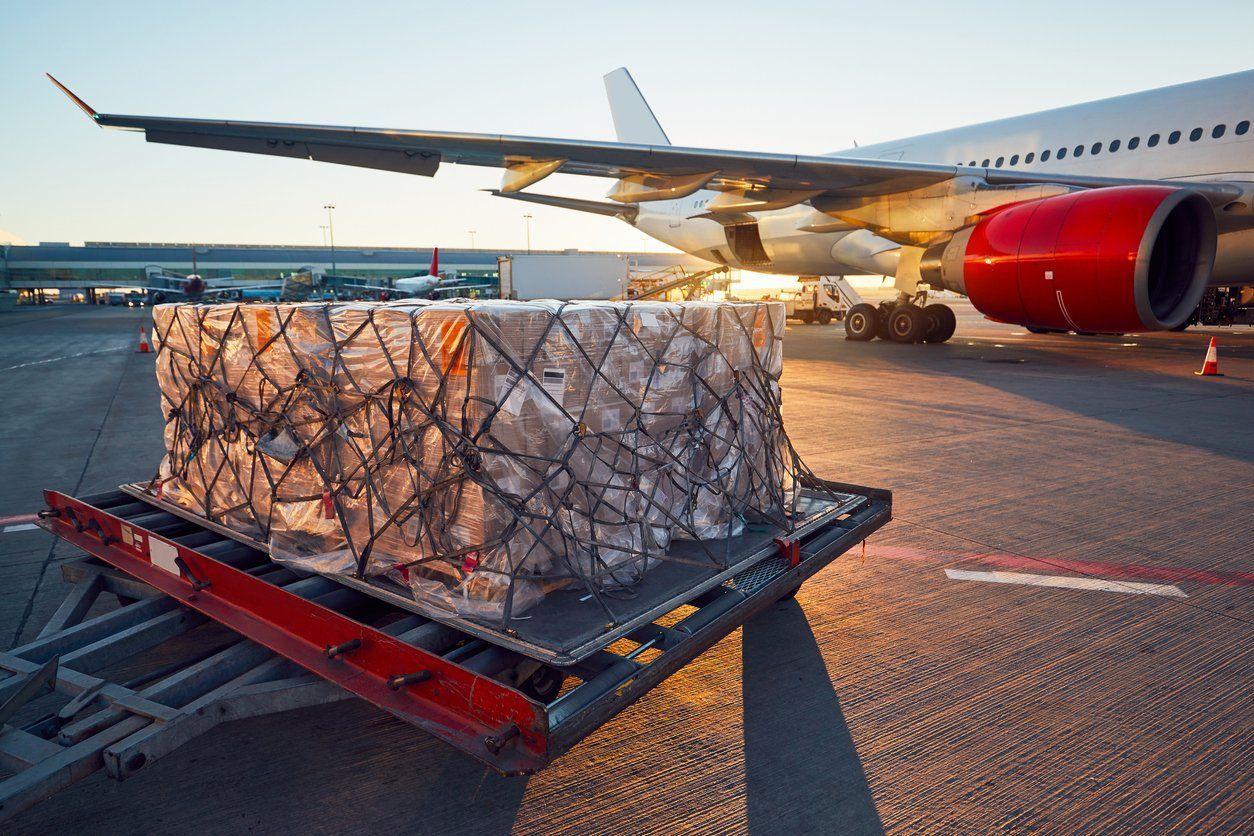
In the world of air freight, export plays a key role, enabling goods to be shipped across borders to meet global demand. While import is also an important process, in this article we will focus on export, as it involves greater complexity and requires the involvement of a specific agent, the neutral air freight consolidator, who plays a crucial role in the transportation of air freight. Our aim is to show how a neutral air freight consolidator can assist in this process, facilitating and streamlining the export steps. Join us as we explore the steps and considerations involved in the air transportation of exported cargo. How does export work in air transport? Exporting by air transport works through a process that involves negotiation between the exporter and the importer. In order for the transport to be carried out, it is necessary to hire a neutral air cargo consolidator who will be responsible for the agency and coordination of the transport. Below we detail how air exporting works: 1. Agency quote The first step in this process is the freight forwarding quote. Customers, who may be freight forwarders or freight forwarders, search for a neutral air freight consolidator and provide relevant information, such as the quantity of the goods, the weight and the commodity. Based on this information, the neutral air freight consolidator searches for airlines that operate on the specific desired route. At this point, local rates, freight and destination rates are taken into account to prepare the quote. 2. Acceptance of proposal After the quote, the next step is for the client to accept the proposal. Once the proposal is accepted, the export process is carried out by the neutral air cargo consolidator's operational department. 3. Request for documents The neutral air cargo consolidator's operational team then requests the documents required to complete the AWB (Air Way Bill), such as the invoice, packing list and other relevant documents. In addition, the neutral air cargo consolidator approves the HAWB (House Airway Bill), i.e. the agent's bill of lading, together with the customer or the agent, depending on the direction of export and who is carrying out the shipment. 4. Collection of goods After the documents have been approved, the neutral air cargo consolidator arranges with the exporter to collect the goods or deliver them directly to the airport. At the same time, the cargo is booked with the airline, thus ensuring that the space required for transportation is available. What type of cargo can be exported by air? Exporting by air transport encompasses a variety of cargo types, each with its own considerations and restrictions. Let’s explore some of the main types of cargo that can be exported by air. Dangerous goods are an important category that can be shipped, provided that the regulations are followed. These cargoes include flammable, explosive, radioactive and other substances. Documentation must be in compliance, with an identification sheet for the material and information on correct handling in case of eventualities. Packaging and transport conditions must follow the regulations of the International Air Transport Association (IATA). Examples of dangerous goods transported by air include vaccines, batteries, aerosols and electrical equipment. Perishable cargoes, due to their short life cycle and rapid deterioration, can be sent by air transport, provided that it is certain that they will arrive at their destination in good condition. These cargoes must be marked with a special label that identifies them as perishable goods. Examples of perishable goods include flowers and certain types of food. The shipment of live animals is subject to IATA regulations. These regulations assess the type of animal, the type of aircraft, the appropriate temperature, the animal's health status and whether it is pregnant. However, animals in poor health or pregnant are not accepted for travel. Fragile products, such as glass, crystal, china and mirrors, can be sent by air transport, as long as they are adequately packaged to ensure their integrity during transport. It is important to note that many contracts have clauses for fines in the event of damage. What happens when the cargo arrives at the airport? When the cargo arrives at the airport, a series of procedures are carried out to ensure its correct routing and delivery. The process begins with clearance by the Federal Revenue Service, where the merchandise is subject to analysis and document verification. After clearance, the documents relating to the cargo, such as the AWB (Air Way Bill), invoice, packing list, tax invoice and manifest, are delivered to the representative of the neutral air cargo consolidator at the airport. The consolidator's representative is responsible for delivering these documents to the airline that has reserved space for the cargo. These documents are essential for recording and monitoring the shipment of the merchandise. The consolidator then monitors the shipment of the cargo in accordance with what was provided for in the reservation. This involves ensuring that the merchandise is properly loaded onto the correct flight and that all stages of the transportation process are completed. After shipment, the neutral air cargo consolidator continues to monitor the process and the arrival of the merchandise at its destination. This monitoring is essential to ensure that the cargo is delivered as planned and that any setbacks are resolved efficiently. Upon completion of the transport, the consolidator carries out the process of invoicing the participants involved, such as the road carrier (if applicable) and the consolidator's agent at the destination. This process depends on the contracted incoterm, which defines whether the freight payment is made at the origin (prepaid) or at the destination (collect). This definition is important so that credits and debits are properly addressed, ensuring the correct distribution of costs. Finally, the neutral air cargo consolidator concludes the process with the commission and profit sharing, that is, the remuneration and distribution of profits agreed upon between the parties involved in the transport. Count on a neutral consolidator for your export Allink stands out as a neutral air cargo consolidator, offering specialized services to freight forwarders, customs brokers and customs agents. Its position as an Air Cargo Group Member and IATA certification guarantees the safety and reliability of air cargo transportation. Neutrality is an intrinsic value of the company, which operates in the main airports in Brazil, providing a service focused on the segment. With Allink, customers can count on a comprehensive and efficient solution for their air cargo transportation needs. Talk to Allink's experts to find out how a neutral consolidator can help your company in the export process.
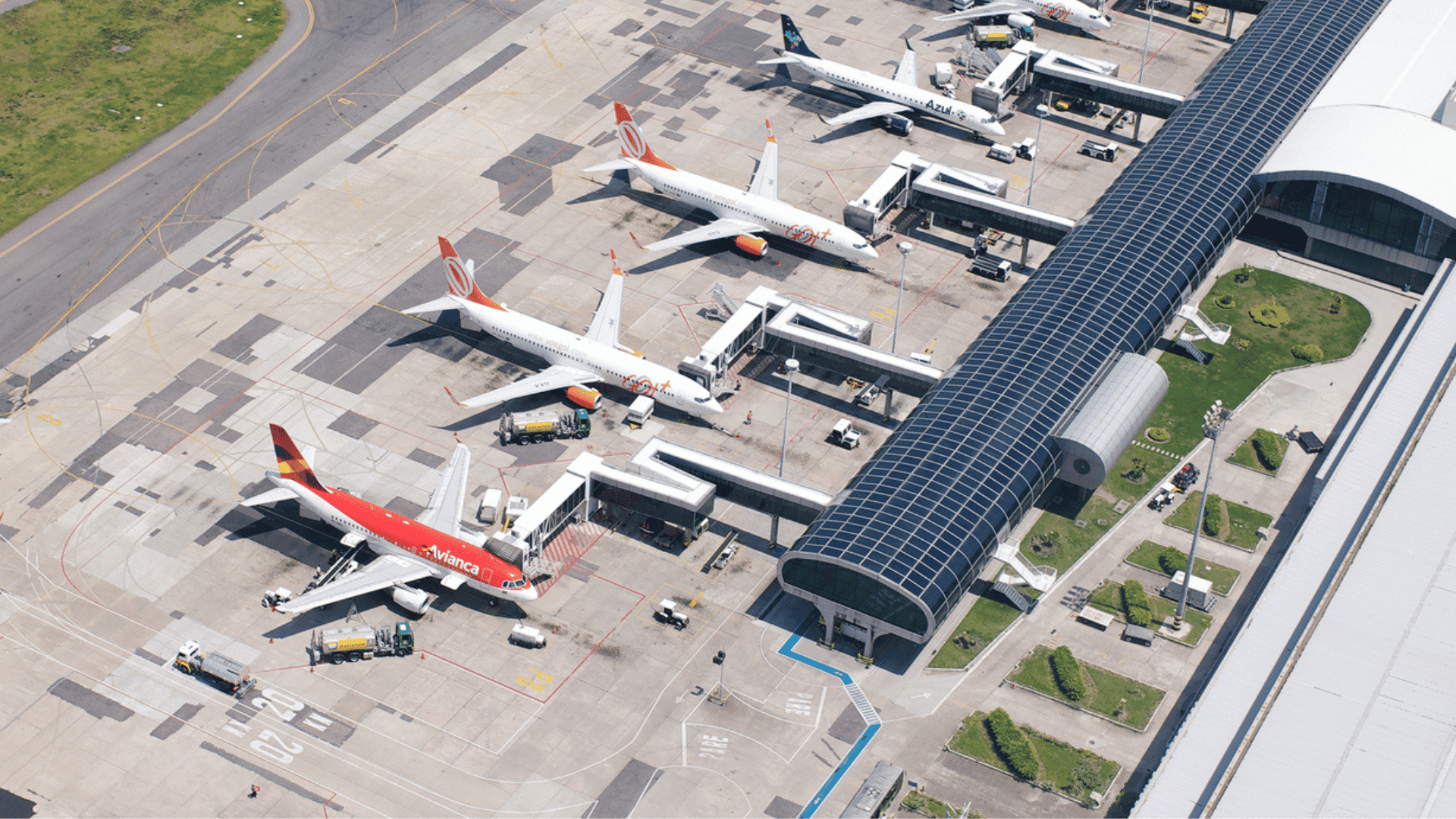
Imagine coming across the expression Air Waybill (AWB) right at the start of a new job, or even a new foreign trade procedure. In any career segment, while we are not yet familiar with the common terms, often in English, we tend to imagine that it is something difficult to understand or even complex to put into practice. It is no different in relation to air cargo transportation, especially because there are several acronyms and many details to be filled in carefully and responsibly so that everything runs according to the rules and everyone is satisfied, from the negotiation to the receipt of the product by the importer. If you are new to the segment, or if you are already working in the segment but have some doubts, rest assured and continue reading because you will see that, despite being detailed, there is nothing complex and, on the contrary, after a little training everything becomes as easy as it is routine. However, although everything becomes simpler over time, this does not mean that there is room for carelessness, as any errors can cause significant financial losses, as well as difficulties in getting everything in order. In any case, one positive point is that if the documentation attached to the import or export process is not complete and in accordance with the guidelines, the cargo will not even leave its place. So, let's find out what it is, how the entire process works and what documents are required to fill out the Air Waybill.
Stay informed about foreign trade
Subscribe to our newsletter and receive free weekly updates about the world of logistics.


